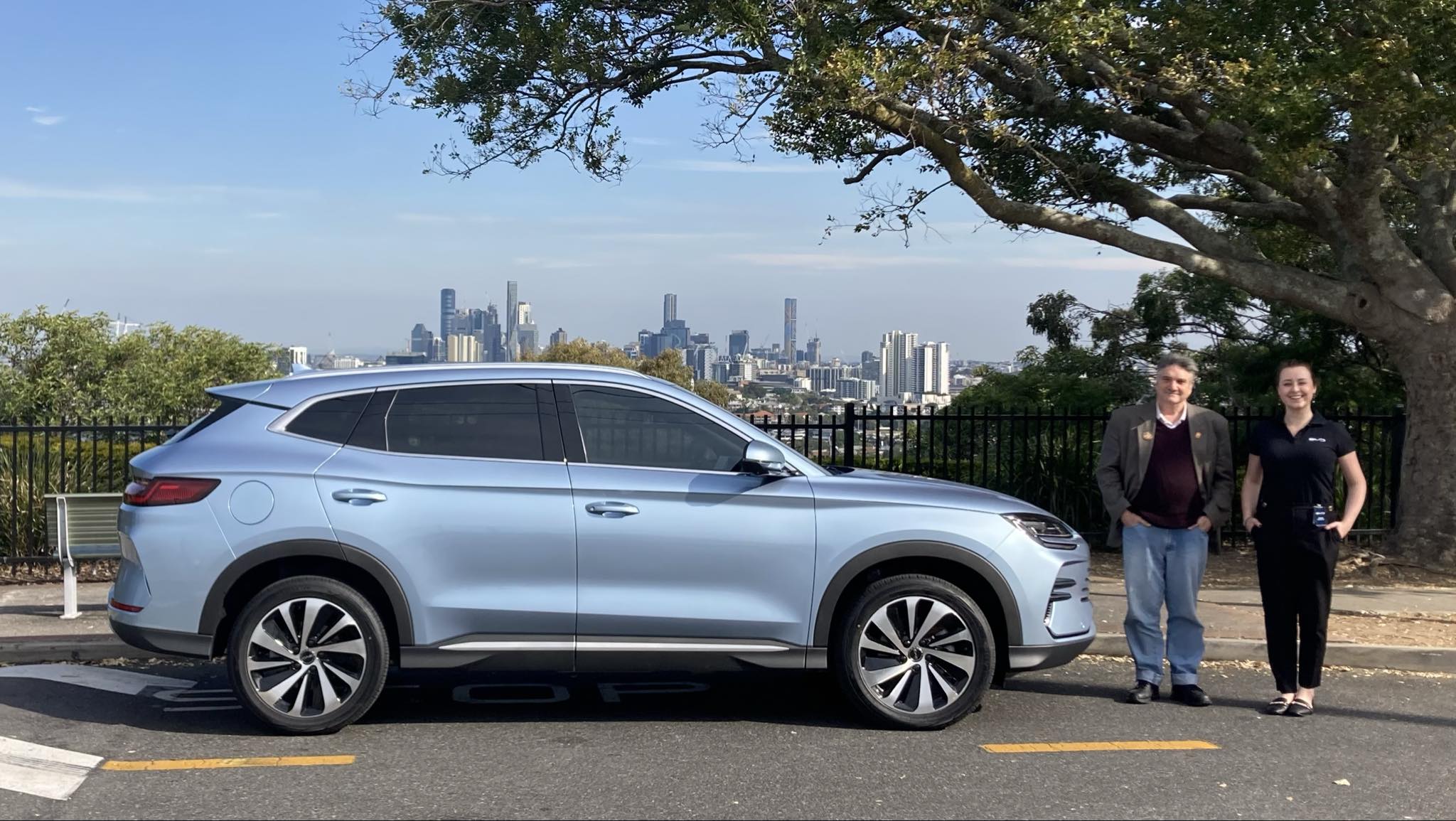Sign up for daily news updates from CleanTechnica on email. Or follow us on Google News!
Innovations in the electric vehicle (EV) world continue to amaze onlookers. Maximizing regenerative braking. The continual development of battery technology. Shared and connected transport systems. The growth of EVs has also infused a new focus on charging infrastructure and the deployment of wireless charging technology on pavements. Also known as electrified roads or inductive charging, this approach to charging is compelling and complicated.
A new quarter-mile stretch of 14th Street in Detroit that is wired to charge EVs has captured the interest of EV aficionados. The project is being billed as the nation’s first wireless charging public roadway for EVs.
As part of a pilot program, Michigan’s Department of Transportation has partnered with Electreon, an Israeli-based company, on a 5-year agreement to develop a road inductive charging system. Using copper inductive charging coils in the road, EVs equipped with receivers can power up their batteries while driving, idling, or parking above the coils.
When a vehicle with a receiver nears the charging segments, the coils beneath the road transfer electricity through a magnetic field, charging the vehicle’s battery. The coils only activate when a vehicle with a receiver passes over them. The roadway is safe for pedestrians, motorists, and animals.
 Chip in a few dollars a month to help support independent cleantech coverage that helps to accelerate the cleantech revolution!
Chip in a few dollars a month to help support independent cleantech coverage that helps to accelerate the cleantech revolution!
More Specifically: How Do Electrified Roads Work?
As Dimitriadou and team describe in the journal Energies, wireless charging is achieved with the presence of galvanic isolation between the input side and the output circuitry. The most commonly used near-field wireless power transfer (WPT) method is the inductive, i.e., energy transfer between loosely coupled coils, via magnetic induction.
The primary circuit is powered with a time-varying current. High switching frequencies are employed so as to increase the transferred power level. Consequently, its operation is similar to that of the typical transformer, with the important difference being the large air gap separating the two coils (loosely coupled coils). The AC power drawn from the utility grid is rectified, and subsequently, with the aid of the inverter and the compensation network, a sinusoidal high-frequency current is supplied to the primary coil. PFC control schemes can be applied to the input rectifier for the mitigation of current harmonics.
In the Dynamic Wireless Charging (DWC) mode, such as being used in Detroit, the transmitter coil is embedded in the roadway, along with the required components that compose the primary circuit of a static inductive system. Τhe secondary circuit is located inside the vehicle.
Recognizing that the DWC constitutes a challenging concept to implement, Dimitriadou and team are cautiously optimistic about this charging method.
“This charging method might be the most competent solution to the rise of EV penetration in the transportation sector. Since users can charge their EV continuously, this charging technique is capable of extending the limited cruising range and thereby contributing to the reduction of the EV battery size and weight.”
Michigan Central & the Inductive Charging Pilot Project
Michigan Central, a think tank examining urban transportation issues, and the city of Detroit are collaborating on the electrified road pilot project, which will be used to test and perfect the technology ahead of making it available to the public within a few years. Michigan Central innovation district is a hub for advancing technologies and programs that address barriers to mobility. It is located between the historic neighborhoods of Corktown and Southwest Detroit.
As part of the commitment to develop the electrified road system, the DOT is expected to seek bids to rebuild part of busy Michigan Avenue, where inductive charging will also be installed. The plans for inductive charging are sited on 14th Street as well as Avenue, with construction expected to start in spring, 2025.
The induction system has shown that it can withstand wide temperature variations. The induction system has demonstrated that it can withstand wide temperature variations. For example, on a bitterly cold January day, an electric van was still able to receive a charge.
The technology belongs to Electreon, an Israel-based developer of wireless charging solutions for electric vehicles. The company has contracts for similar roadways in Israel, Sweden, Italy, and Germany, with plans for projects in other countries. In Sweden, a 1-mile stretch of a charging road can accommodate an electric bus and a heavy-duty e-truck.
An inductive charging road in Israel is used to charge buses, but it is not their sole source of power.
Electreon says that costs and operational complexity can be the biggest barriers to fleet electrification, so the company provides accessible financing options including Charging as a Service (CaaS), customized to meet the needs of fleet vehicle operations. It covers upfront costs, including the infrastructure, implementation, and operations.
Stefan Tongur, vice president of business development at Electreon, is confident that wireless charging unlocks widespread EV adoption, “addressing limited range, grid limitations, and battery size and costs.” Tongus adds that the project has the capacity to pave the way for a zero-emission mobility future, “where EVs are the norm, not the exception.”
No decisions have been made on revenue models in Michigan, Tongur said, who noted that such roads could play a significant role in expanding EV usage in the US. “This could be the normative model in how to power EVs.” He noted that one of the most significant benefits of the electrified road charging could be the capability to charge multiple cars at once. Moreover, Tongur agrees with Dimitriadou and team that charging on the go also could lead to smaller batteries, which would mean lighter and cheaper EVs.
In addition to market entry into the US, Electreon outlines that the primary goals of the pilot will be to showcase the viability and effectiveness of wireless dynamic charging on public roads for multiple vehicle types and use cases in a real-world scenario, such as, but not limited to, transit buses, passenger shuttles, and last-mile delivery trucks. The pilot will also serve as a potential first step towards much larger Electric Road Systems being considered in multiple US states and aims to build partnerships with US based vehicle and infrastructure companies in order to serve as a blueprint for future collaboration and growth.
If you’d like to learn more about EV charging in general, please check out CleanTechnica’s “The State and Promise of EV Charging Infrastructure.“
Have a tip for CleanTechnica? Want to advertise? Want to suggest a guest for our CleanTech Talk podcast? Contact us here.
Latest CleanTechnica.TV Video
CleanTechnica uses affiliate links. See our policy here.





